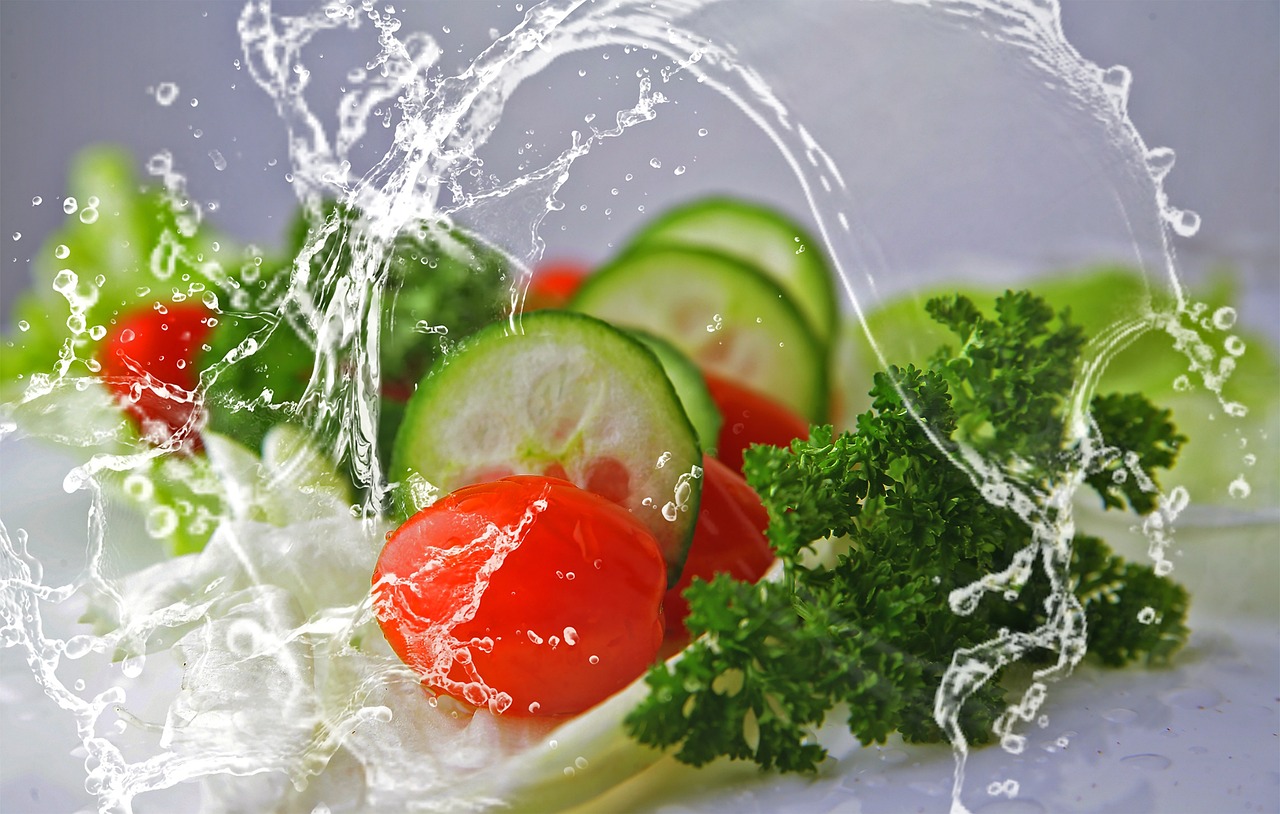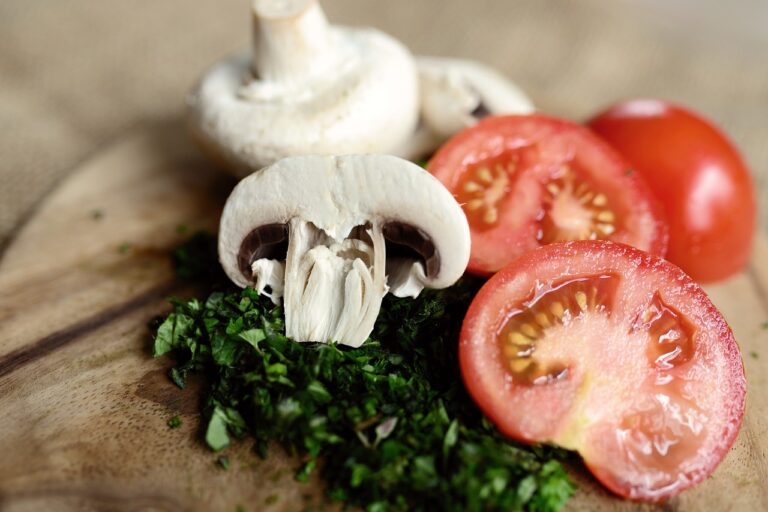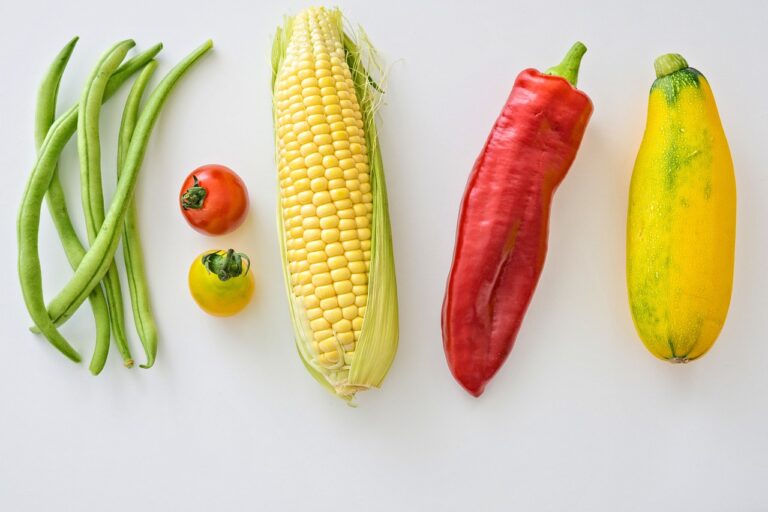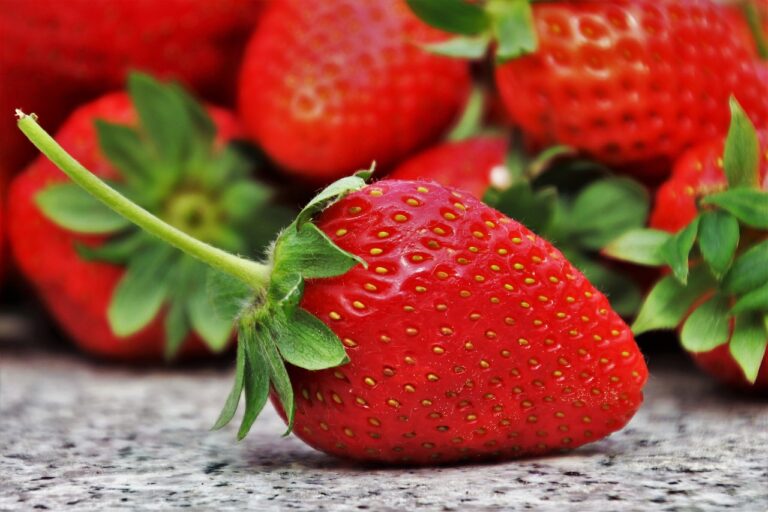The Future of Food Packaging: Smart Packaging Solutions for Extended Shelf Life
There is a growing concern within the food packaging industry regarding the issue of sustainability. With the increasing awareness of environmental issues, consumers are demanding packaging solutions that are eco-friendly and biodegradable. This has put pressure on companies to find alternative packaging materials and processes that are both sustainable and cost-effective. Finding this delicate balance between environmental responsibility and economic feasibility poses a significant challenge for the industry.
Moreover, another major challenge faced by the food packaging industry is ensuring the safety and quality of perishable goods throughout the supply chain. From the moment a product is packaged to its arrival on the consumer’s plate, there are numerous opportunities for contamination or spoilage to occur. Maintaining the integrity of food products while also meeting regulatory requirements and consumer expectations is a complex task that requires strict adherence to protocols and standards.
Impact of Smart Packaging on Food Safety
Smart packaging plays a crucial role in enhancing food safety by providing real-time monitoring of products throughout the supply chain. By utilizing sensors and other intelligent technologies, smart packaging can detect potential contamination or spoilage early on, preventing consumer health risks. This proactive approach not only ensures the quality and safety of food products but also minimizes food waste.
Moreover, smart packaging offers transparency and traceability, allowing consumers to access information about the product’s origin, ingredients, and expiration date easily. This increased visibility builds trust and confidence among consumers, as they can make more informed decisions about the products they purchase. By leveraging smart packaging technologies, the food industry can continue to improve food safety standards and meet the evolving demands of today’s consumers.
Smart packaging enhances food safety by providing real-time monitoring
Sensors and intelligent technologies help detect contamination or spoilage early on
Proactive approach ensures quality, safety, and minimizes food waste
Transparency and traceability of smart packaging provide easy access to product information
Increased visibility builds trust and confidence among consumers
Smart packaging helps the food industry improve safety standards and meet consumer demands
Innovative Technologies in Food Packaging
In recent years, the food packaging industry has witnessed a surge in innovative technologies aimed at improving the safety and quality of packaged food products. From the use of nanotechnology to develop advanced barrier materials to the integration of sensors for real-time monitoring of food freshness, these technologies are revolutionizing the way we package and preserve food.
One notable advancement is the development of edible packaging materials made from natural proteins and carbohydrates. These edible films not only reduce plastic waste but also provide an additional layer of protection to extend the shelf life of perishable foods. Furthermore, these materials are bio-based, making them a sustainable and environmentally friendly alternative to traditional packaging solutions.
What are some of the challenges in the food packaging industry?
Some challenges in the food packaging industry include maintaining food safety, extending shelf life, reducing food waste, and meeting sustainability goals.
How does smart packaging impact food safety?
Smart packaging can help improve food safety by providing real-time information on the freshness and quality of the food, as well as helping to detect any potential contaminants.
What are some innovative technologies being used in food packaging?
Some innovative technologies being used in food packaging include active packaging, intelligent packaging, biodegradable packaging, and nanotechnology.
How does active packaging work?
Active packaging works by interacting with the food or its environment to extend shelf life, improve safety, or enhance sensory characteristics.
What is intelligent packaging?
Intelligent packaging includes sensors, indicators, and other technologies that provide information about the condition of the food inside the package, such as temperature, humidity, or freshness.







